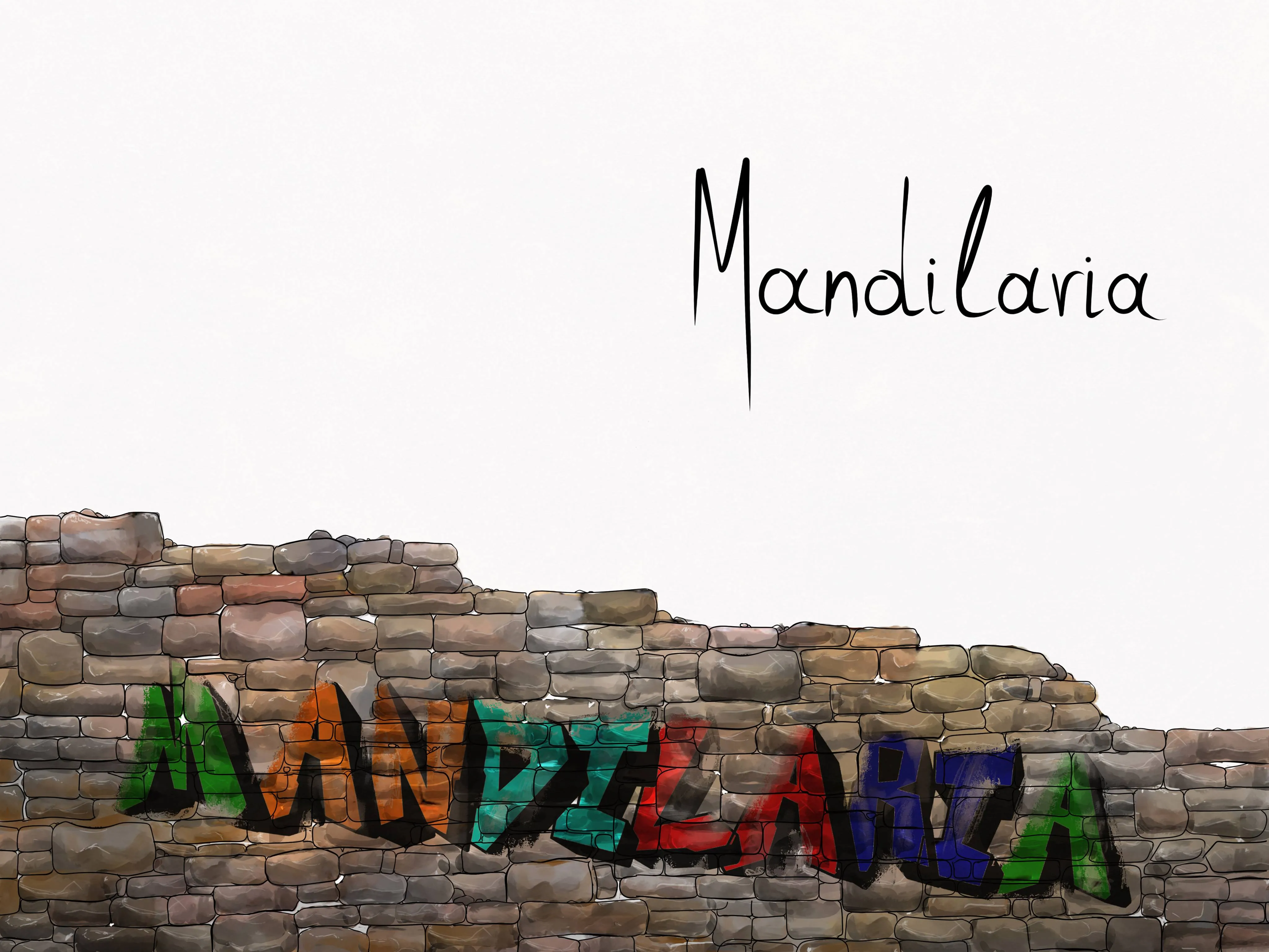
Mandilaria
By Yiannis Karakasis MW
At a glance
Mandilari or Mandilaria comes from Crete but is found all around the Eastern Aegean. It is considered one of Crete’s greatest red grapes, with very high tannins and notable acidity. However, it can be almost deficient in alcohol unless yields are restricted. It produces deeply coloured wines, rather light-bodied, that can age well.
Subscribe to Continue Reading
This premium Greek variety profile is restricted. Subscribe to get access to all Greek varieties and unlock our complete library of expert insights.
- Email updates (1–2 / month)
- Access to free posts
- 1 featured article unlocked every month
- Special subscription offers
Aficionado
For enthusiasts and trade professionals who want full article access
Subscribe Now- Full access to all subscriber-only posts
- Full access to wine reviews and grape varieties sections
- Executive summaries for major features/reports
- Reliable, focused information on Greek wine, in an international voice
Aficionado Premium
For advanced readers, sommeliers & buyers needing deep documentation
Go Premium- Everything in Aficionado, plus:
- Full access to all Reports (6 to date)
- Access to approximately two new reports per year
- Executive summaries for major features/reports
- Reliable, focused information on Greek wine, in an international voice
Professional
For importers, retailers, restaurants, producers, and trade press
Get Professional- Everything in Aficionado Premium, plus:
- Publication rights for reviews and short tasting notes (up to 50 words)
- Article excerpt rights (up to 120 words, up to 3 excerpts/month)
- Priority support (email) for usage/attribution questions
- Mandatory attribution required with active link where possible
Already have an account?
Sign in here